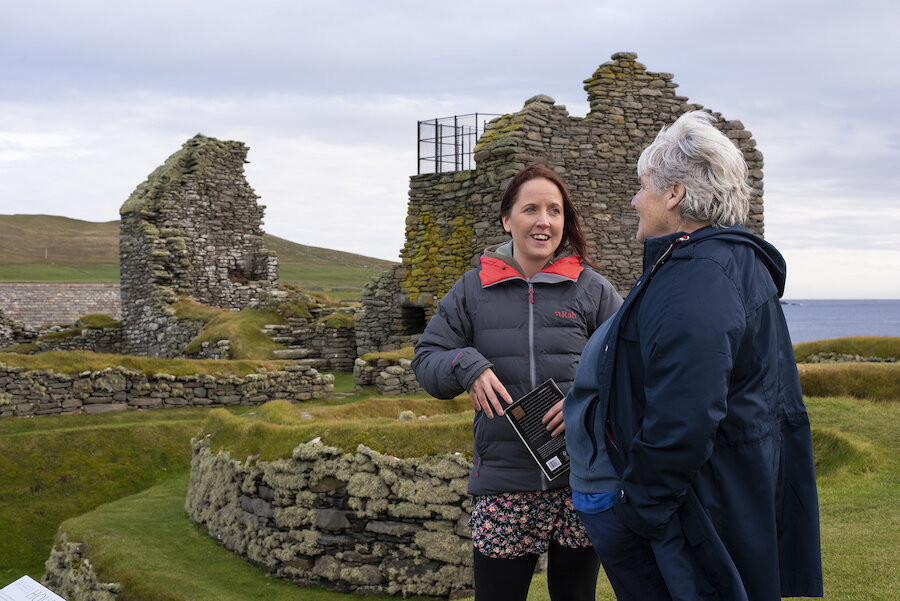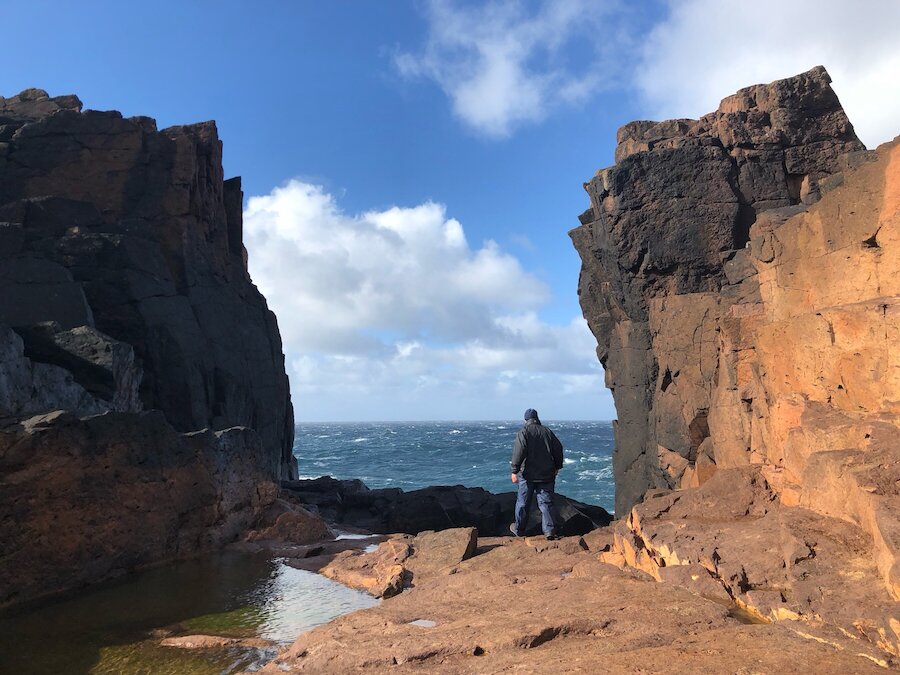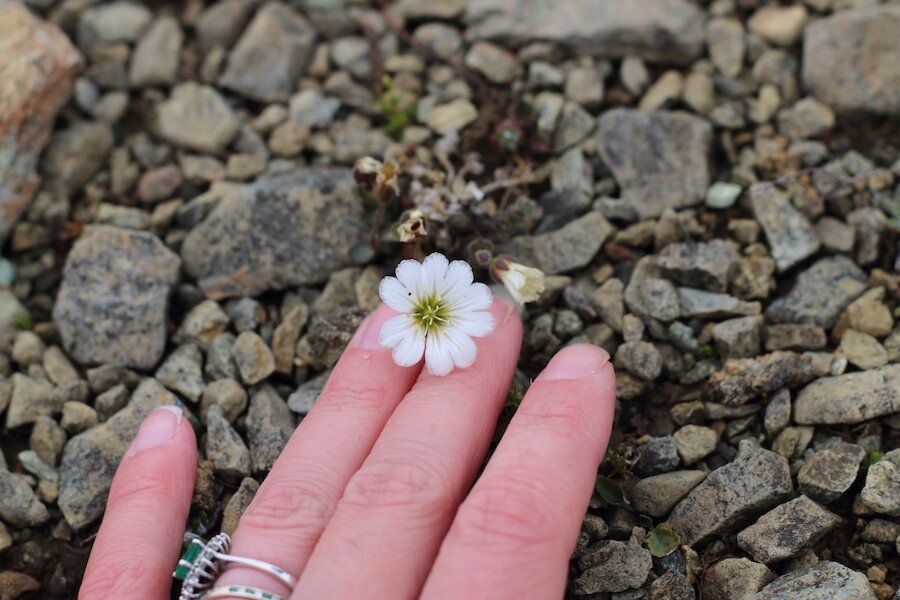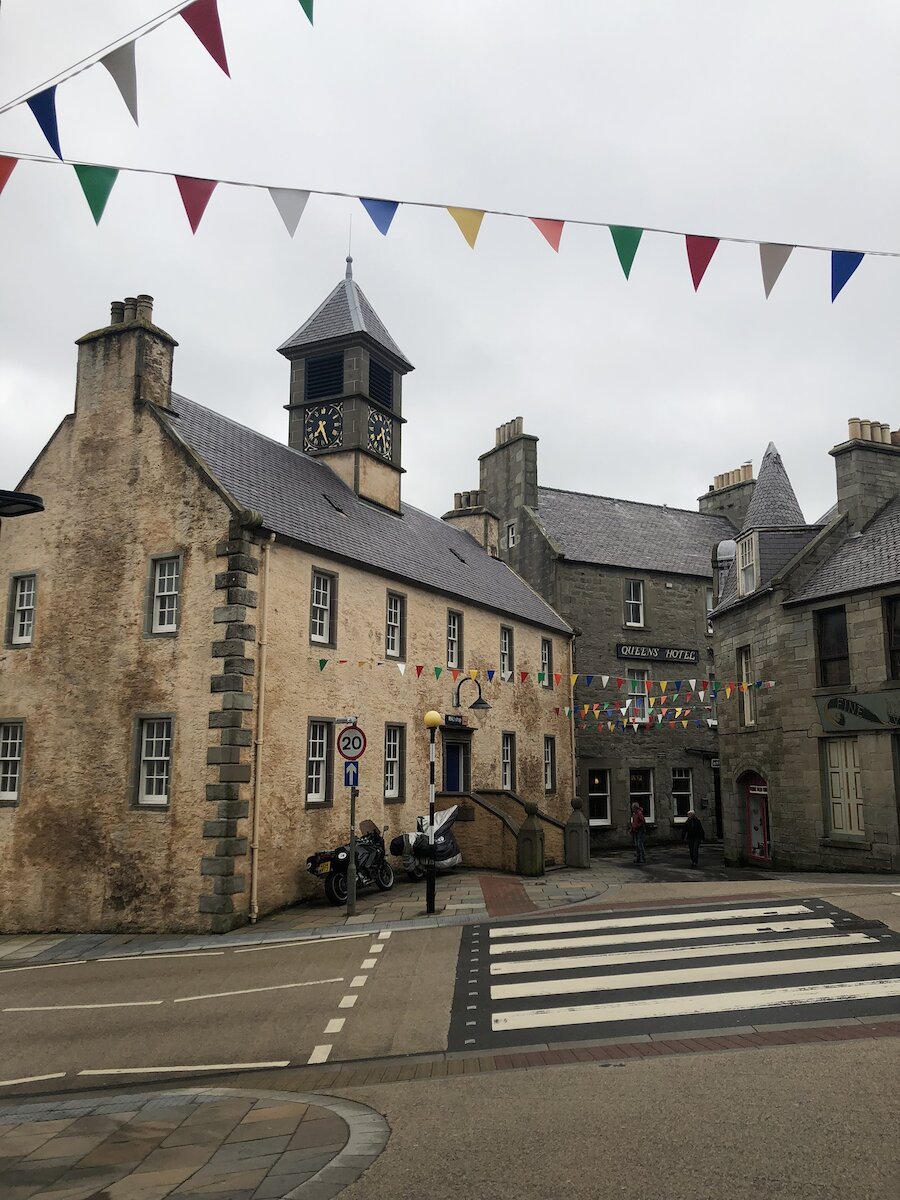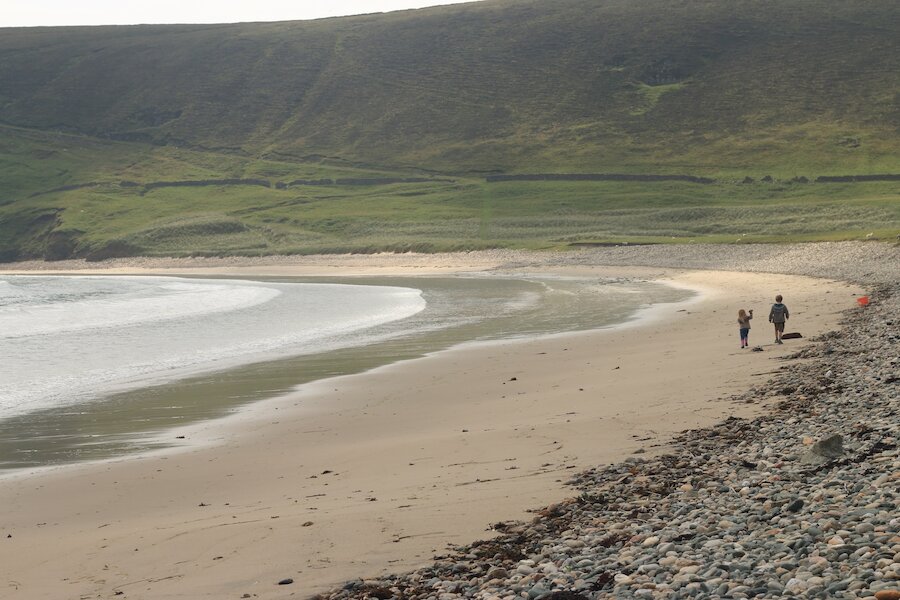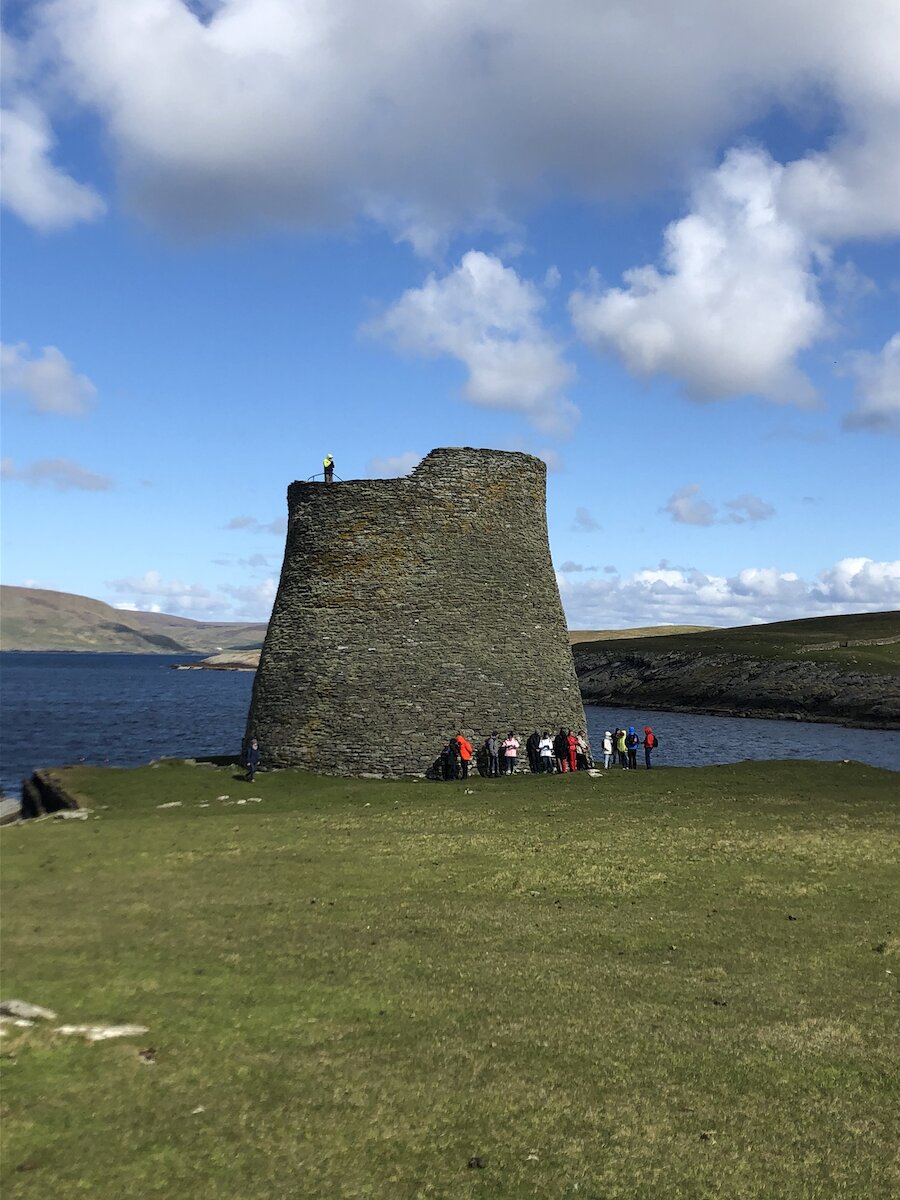Shetland is currently closed to visitors but that doesn't mean you can't start planning for when we do reopen, as tour guide Laurie Goodlad explains.
This feels like such a novelty to be savoured and tasted for longer; my husband has taken the bairns out for a few hours, and I have some stolen minutes to work in silence.
It’s days like these, quiet and calm, that I drift off, think about places I’d like to visit, things I’d like to see and do, and I make mental notes of them in my head, so I thought that would be a great thing to do for those who are writing their mental notes for coming to Shetland.
Here is my rough itinerary for your next Shetland adventure.
Shetland sits in a liminal space between the North Atlantic and the North Sea. Dramatic and rugged, at this time of year, it is at its best. June is my favourite month, casting the islands in almost perpetual light. Two hundred miles to the south is Aberdeen, 200 miles to the east, Norway. Far-flung and remote, yet accessible and connected, getting to Shetland is easy.
June sees the return of our nesting seabirds, and the cacophony of sound they bring. The wildflowers are giving a show, with a colourful and vibrant palette that lifts the landscape and hangs it in our minds, like a painting, and the foals have sprung from their mother’s womb in time for finer days of summer.
Take a coastal hike
There are so many fantastic walks in Shetland, and we enjoy great freedom to explore here, so long as we abide by and respect the Scottish Outdoor Access Code. One of my favourites is the Eshaness Circular, which will take you through the flank of a volcano and a journey into Shetland’s vast geological past to the spectacular Hols o’ Scraada and Da Grind o’ da Navir.
Discover the geology of Unst
Unst is Shetland’s most northerly island, and is one of our three North Isles. From Unst, we get a real sense of Shetland’s geological journey from somewhere south of the equator to its current 60°N position. Take a walk over 500 million-year-old rocks that once formed the ocean floor and look for the famous Edmonston’s Chickweed, endemic to the lunar-style landscape of the Keen of Hamar Nature Reserve.
Eat like a local
Shetland has some of the most productive waters in the world, and we produce top-class fish and seafood. Our heather-clad moorlands are home to the native Shetland sheep with their distinct salt-kissed flavour, and our local gin is unrivalled. Make sure you try some of the abundances of fresh, local produce while visiting the islands. My favourite? Mussels. If you get the chance to try some Shetland rope-grown mussels, then please do.
For some more Shetland food inspiration, read our Food and Drink page and visit Taste of Shetland.
Visit an ancient historical site
You cannot visit an island with so much history without seeking out an archaeological site to become immersed in. My favourite place on the Mainland has got to be Jarlshof Prehistoric and Norse Settlement, a sprawling site that spans millennia. Shetland has an incredible history and an extensive array of archaeological sites that can be visited, but, Jarlshof really is pretty unrivalled. It literally has it all. It has an (almost) uninterrupted chronology spanning 5,000 years of human history in Shetland – which is not something to sniff at. The site, maintained by Historic Scotland, will take visitors on a tantalising journey from the Neolithic (New Stone Age), and right through to the 1600s and beyond.
Get to know Lerwick’s old town
Make sure to allow time to spend a night in Lerwick and explore Shetland’s main town. My favourite time to see the streets of Lerwick is at night when the sun is low and the shadows long. Lerwick is a relatively new town, certainly in European terms, as it only began to grow from the 1600s. Spending an evening – perhaps after a nice meal at The Dowry, sampling some of Shetland’s home-grown produce – getting immersed in Lerwick’s streets, lanes and architecture is bliss. Explore the waterfront and surrounding town; look for Jimmy Perez’s house, paddle on Bain’s Beach, take in the views from Fort Charlotte, gaze at the Town Hall’s stained glass windows, take a coastal walk around the Knab and watch fulmars glide and soar, or simply enjoy some retail therapy on Da Street (Commercial Street). There is no shortage of ways to enjoy Lerwick.
Camp at Tresta beach, Fetlar
After a night in the bright-lights of Lerwick, opt to get-away-from-it-all. Pack a tent and head to the Tresta beach in Fetlar, another of Shetland’s trio of North Isles. Lovingly known as the Garden of Shetland since Norse times, it’s easy to understand why – the stunning landscapes, fertile valleys and diverse geology give rise to the most incredible display of flora and fauna. Scented meadowsweet, wild angelica and hogweed, vibrant bog asphodel, sunny buttercups, carpets of eyebright and creeping willow, and, a personal favourite – heather berries.
Try camping at Tresta beach, an award-winning beach, flanked by the steep slopes of Lambhoga and a spot of outstanding beauty and blissful solitude.
Take a night tour to see the storm petrels in Mousa
No trip to Shetland is complete without a trip to the uninhabited island of Mousa. Trips into the isle leave daily throughout the summer by The Mousa Boat and booking for the evening trips are recommended. As well as the scheduled day-trips into the isle to visit the 2,000-year-old Iron Age broch, they also run an evening midsummer experience where visitors can marvel at the Storm Petrels (small seabirds who return to nest within the broch walls at dusk). These trips are amazing; the culmination of a tremendous spectacle of nature, all played out under the shadow of the 2,000-year-old broch.
These are seven experiences for seven days in Shetland and, hopefully, just enough to feed that little seed of imagination which I hope we have sown.
We would love to hear what your favourite experiences of Shetland were and what you might be looking forward to in the future. Let us know on Facebook.

